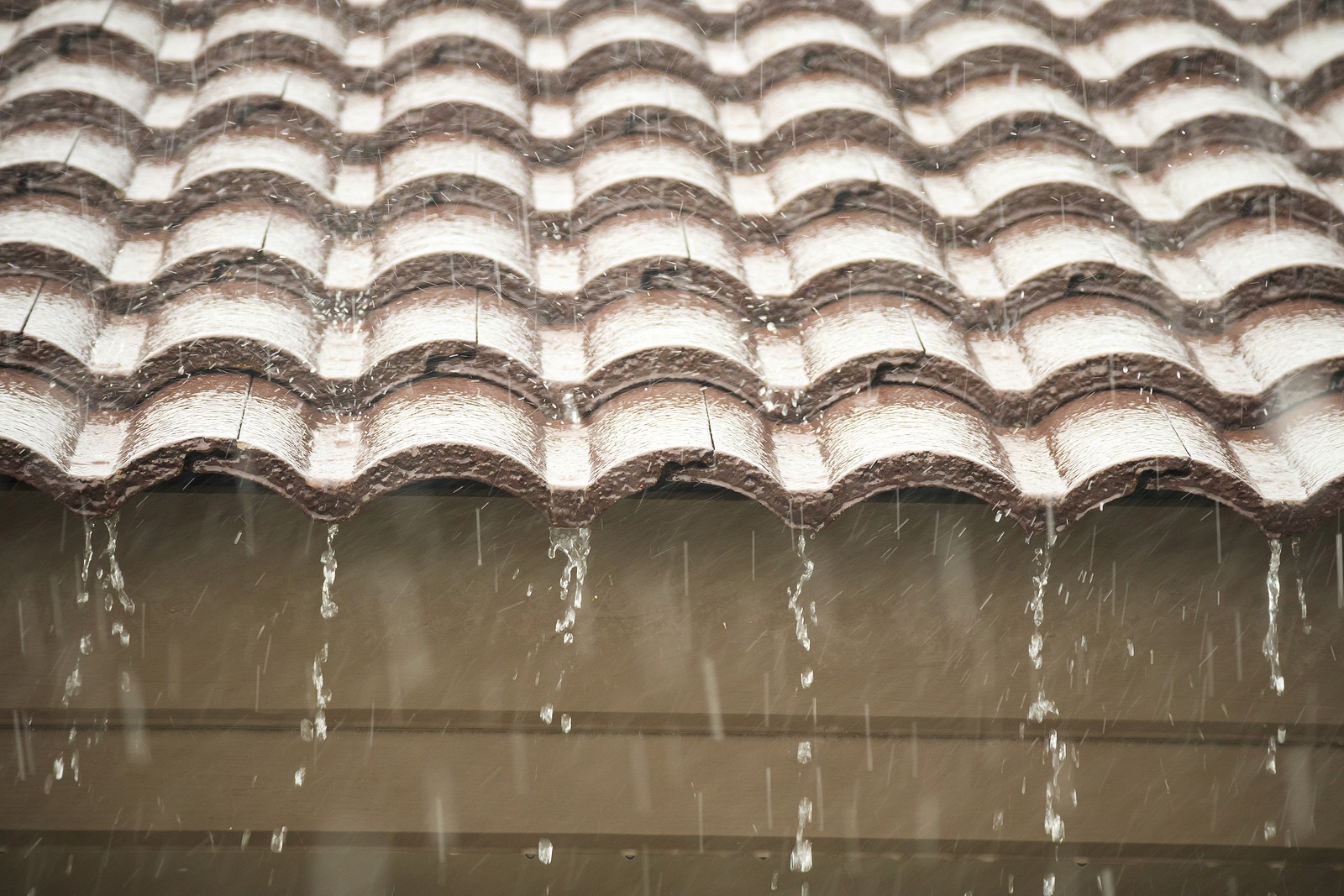6 Ways to Know if Monsoons in Las Vegas Caused Roof Damage

Monsoon season in Las Vegas is always a spectacle, with its strong winds and torrential rains. While it can be thrilling to watch, if you own your home, you may also be wondering how your roof is holding up through it all. Knowing how to identify the signs of monsoon-related roof damage in Las Vegas can help you take care of problems before they lead to bigger issues.
In Vegas, roofs are designed to withstand intense sun and heat but aren’t necessarily equipped to handle a sudden influx of flooding rains. Brutal winds can lift and tear away roofing materials and the sudden changes in temperature can cause roofing materials to expand and contract, leading to faster wear and other structural weaknesses.
Here are a few of the warning signs you need to be aware of.
1. Missing Shingles
The strong monsoon winds can sometimes rip shingles right off. This exposes the underlying roofing material, which is more susceptible to water damage. Over time, missing shingles can lead to leaks or structural issues. Replacing them right away can help you avoid giving rainwater an easy route into your home.
2. Curled Shingles
The intense desert sun can make shingles brittle over time. When combined with the force of monsoon rains, they can start to curl up at the edges, making them less effective at keeping water out. If you’re not checking for curled shingles, you may not notice until they lead to leaks. This is one of the primary reasons you need to inspect your roof periodically, especially before and after monsoon season.
3. Discolored Patches
After the intense rains of a monsoon, you might spot discolored areas on your roof. These patches often point to spots where water has settled and possibly seeped in. Such discoloration can be attributed to algae or mold growth, a result of the moisture that hasn't dried up quickly. This isn't just an aesthetic concern—it's a common warning sign of roof damage in Las Vegas.
4. Visible Cracks
A roof with visible cracks can be a prime candidate for leaks, especially after a series of monsoon storms. Cracks can develop due to the natural aging process of the roof or from external impacts, like fallen branches. Water can easily penetrate these cracks and cause leaks. When the temperature drops, the water might also freeze, causing the crack to expand.
5. Stains or Wet Spots on the Ceiling
During monsoon season, the torrential downpours can test the integrity of even the most robust roofs. If you begin to notice stains or wet spots on your ceiling after these heavy rains, it's often an indication of a roof leak. The consistent battering from monsoon rains can exploit small vulnerabilities in your roof, allowing water to seep through.
It’s critical to address this right away since prolonged exposure to moisture can weaken the ceiling structure.
6. Granules in Your Gutters
Intense monsoons can cause the protective granules on shingles to loosen and wash away. If you notice granules in your gutters, it may be a sign that your shingles are wearing down. This can leave the shingle's base material exposed, making it more susceptible to damage and reducing its lifespan.
Dealing with Roof Damage in Las Vegas? Cooper Roofing & Solar is Here to Help!
If you’re dealing with roof damage in Las Vegas, it’s critical to address it right away. The monsoon season’s wind and rains can quickly turn a minor problem into a serious issue, so don’t wait.
Cooper Roofing & Solar offers free estimates to help you assess the situation and take action. Contact us today to schedule an appointment!

